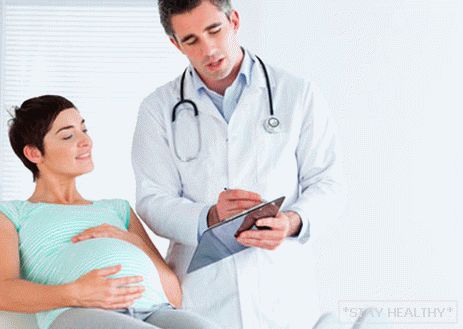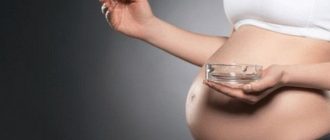 Thu, Jan 23, 2014
Thu, Jan 23, 2014
In preparation for the upcoming motherhood, every woman worries about
how the delivery will take place. Someone is against surgical
intervenes in the natural process and hopes for the lack of
indications for surgery. Others, on the contrary, are afraid of the upcoming
childbirth and painful contractions, and secretly persuade themselves that
The pregnancy ends with a cesarean section (CS). Medicine same
looks at the problem differently – doctors are not interested in preference
a woman of this or that way of delivery, but only
objective data: whether the expectant mother is able to give birth on her own,
or the operation will be the best method, the least traumatic
for women and children.
Russian doctors treat this problem unequivocally – the COP on
doctors will refuse to do so, regardless of
will she choose free help or resort to imprisonment
contract for childbirth. Indications for surgery depend
on the characteristics of the woman herself, on how the pregnancy proceeds
and on the condition of the fetus. Indications are absolute or
relative.
Absolute testimony from the parturient woman
- Features of the anatomical structure of the woman in which the pelvis
much smaller than the standard size of the baby’s head. Many mistaken
It is believed that with strong thinness or narrow hips a woman
automatically becomes a candidate for the operation, but it is not.
Slim figure, asthenic physique are not a hindrance
for natural childbirth. In order for the narrow pelvis to become the base
for caesarean section, research is required (including
including ultrasound) confirming the narrowness of the pelvis of the second, third and fourth
degree.
- Mechanical obstacles. In addition to the narrowness of the pelvis, prevent
natural passage through the birth canal may be a tumor or
deformities of the pelvic bones.
- The threat of rupture of the uterus, the thinning of the existing scar. Doctors
warn of the danger of re-pregnancy immediately after
CS operations are not accidental – the risk of thinning and breaking the fresh scar
very large. Experts will closely monitor the ultrasound for
condition of the scar and the threat of insolvency will appoint
re-cesarean section, without waiting for the end of the term.
Absolute evidence from the fetus
- Placenta previa. The position of the placenta in the uterus depends on
many reasons. Additional risk factor for low anchorage
are injured as a result of abortion when formed
scar tissue causes the placenta to adhere to the least
damaged areas, usually located in the lower segment
uterus.
Relative readings
- Complicated pregnancy. One of the frequent reasons forcing
resort to surgery, is preeclampsia. With severe manifestations
preeclampsia poses a danger to both women and the fetus. In such
In case of continued pregnancy increases risks and is accepted.
the decision to hold the COP.
- Узкий таз первой degree. In the process of observation and measurement doctors
find out how the head of the child fits the size of the pelvis
women in labor. Narrow pelvis in combination with the wrong position of the fetus so
same will be the reason for the ban on natural childbirth.
- Age. Currently, age primiparas strongly
a 35-year-old woman moved and would no longer be a candidate for the Constitutional Court. is he
can only be an additional factor influencing the decision
specialists.
- Vision. By itself, myopia or hyperopia is not
interfere with natural childbirth. The ophthalmologist will check the condition
retina and in case of detection of the threat of rupture or detachment
recommends eliminating the need period. Decision can be made
in favor of not a COP, but an episiotomy that helps speed up and ease
birth process.
In some cases, a woman from the very beginning of pregnancy
aware of the features of the upcoming birth. In others – the solution
specialists will be taken only during the observation of the future
mom
Comments
Elena 01.24.2016 vision before delivery 6 diopters (myopia). After 1x
childbirth was-8, after the second already-10. natural at 22 and 27 years.
expensive pleasure-4 units of view. better than cesarean.






